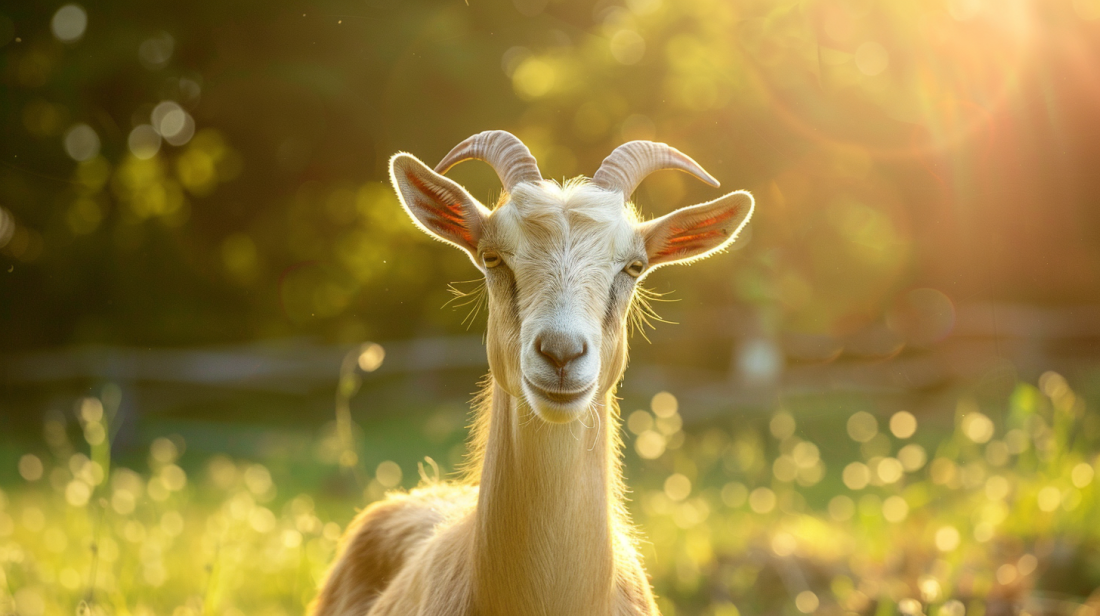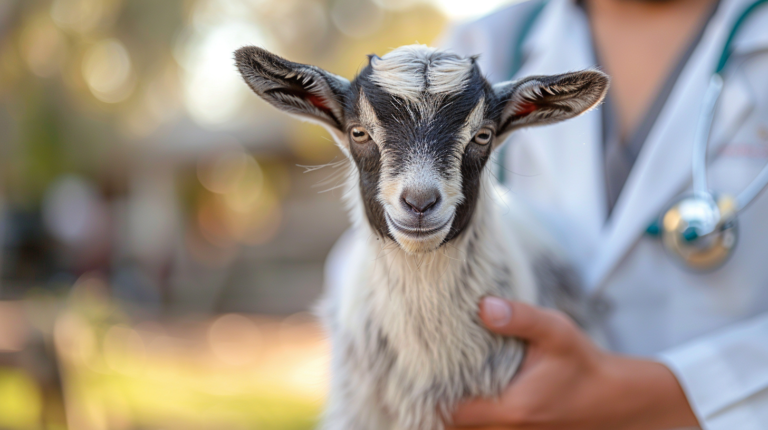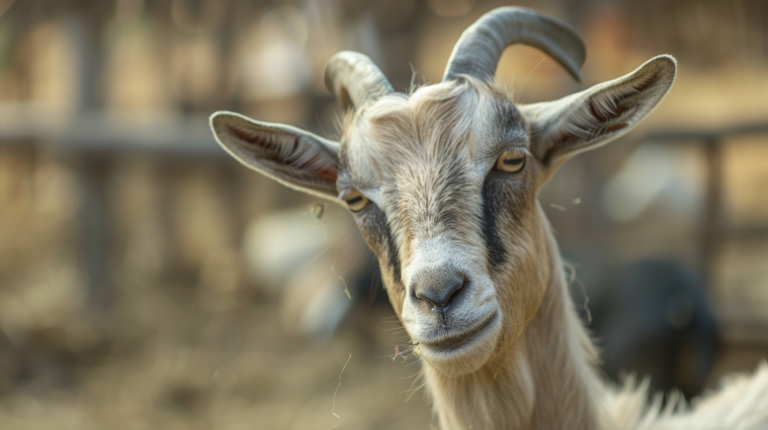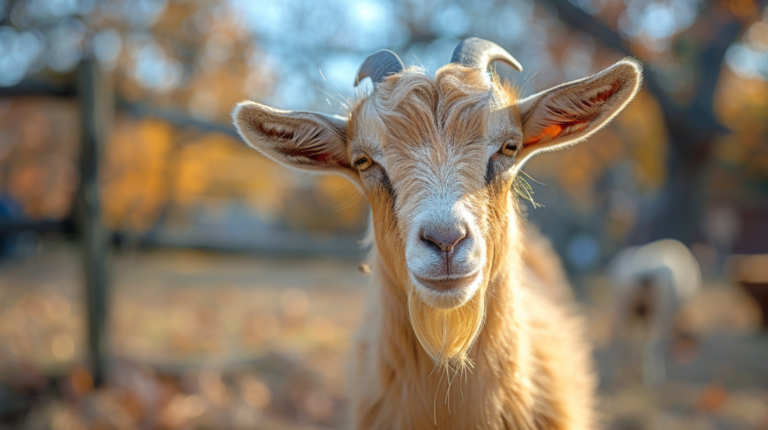Learn about clostridial diseases in goats including symptoms, prevention, and treatment. Essential guide for goat owners to protect their herd from these deadly infections.
Table of Contents
Clostridial diseases in goats represent one of the most serious health threats facing goat owners worldwide. These bacterial infections, caused by various species of Clostridium bacteria, can strike suddenly and prove fatal within hours if left untreated. Understanding these diseases is crucial for anyone raising goats, whether you’re a seasoned farmer or a backyard enthusiast.
Every year, thousands of goats succumb to clostridial infections, with enterotoxemia (overeating disease) being the most common culprit. The bacteria responsible for these conditions naturally inhabit the digestive tract of healthy goats but can rapidly multiply under certain circumstances, releasing deadly toxins that overwhelm the animal’s system.
This comprehensive guide will equip you with the knowledge needed to recognize, prevent, and respond to Clostridial Diseases in Goats your goat herd. From understanding the different types of infections to implementing effective vaccination protocols, we’ll cover everything you need to safeguard your animals’ health.
| Disease Type | Causative Agent | Primary Symptoms | Mortality Rate | Age Most Affected |
|---|---|---|---|---|
| Enterotoxemia (Type C) | C. perfringens Type C | Bloody diarrhea, abdominal pain, sudden death | Very High (90%+) | Newborn kids (1-3 weeks) |
| Enterotoxemia (Type D) | C. perfringens Type D | Watery diarrhea, neurological signs, convulsions | High (70-90%) | Weaned kids, adults |
| Tetanus | C. tetani | Muscle rigidity, lockjaw, spasms | Very High (95%+) | All ages |
| Blackleg | C. chauvoei | Lameness, swelling, crepitation | High (80%+) | Young adults (6m-2y) |
| Malignant Edema | C. septicum | Wound swelling, gas production, toxemia | Moderate (50-70%) | All ages (wound-related) |
| Braxy | C. septicum | Acute abdominal pain, rapid death | Very High (90%+) | Adult goats |
Clostridial Diseases in Goats : The Silent Killers
What Are Clostridial Diseases?
Clostridial Diseases in Goats are a group of bacterial infections caused by anaerobic bacteria belonging to the genus Clostridium. These gram-positive, spore-forming bacteria thrive in oxygen-free environments and produce potent toxins that can cause severe illness or death in goats.
The most significant species affecting goats include:
- Clostridium perfringens (Types A, C, and D)
- Clostridium tetani (tetanus)
- Clostridium novyi (black disease)
- Clostridium septicum (malignant edema)
- Clostridium haemolyticum (redwater disease)
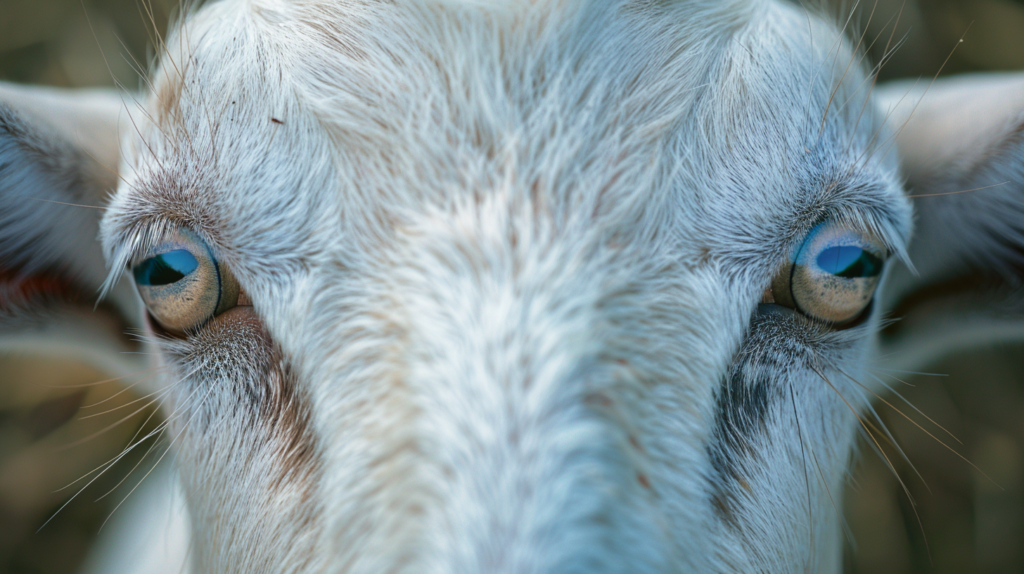
The Bacterial Behavior
Clostridium bacteria are naturally present in the soil, water, and intestinal tract of healthy goats. Under normal circumstances, these bacteria remain dormant and harmless. However, when environmental conditions change – such as stress, dietary changes, or injury – these bacteria can rapidly multiply and produce toxins.
The spore-forming nature of these bacteria makes them particularly resilient. Spores can survive in harsh environmental conditions for years, remaining viable in soil, feed, and water sources. This persistence makes complete eradication impossible, emphasizing the importance of prevention strategies.
Critical Fact #1: Enterotoxemia is the Most Common and Deadly Form
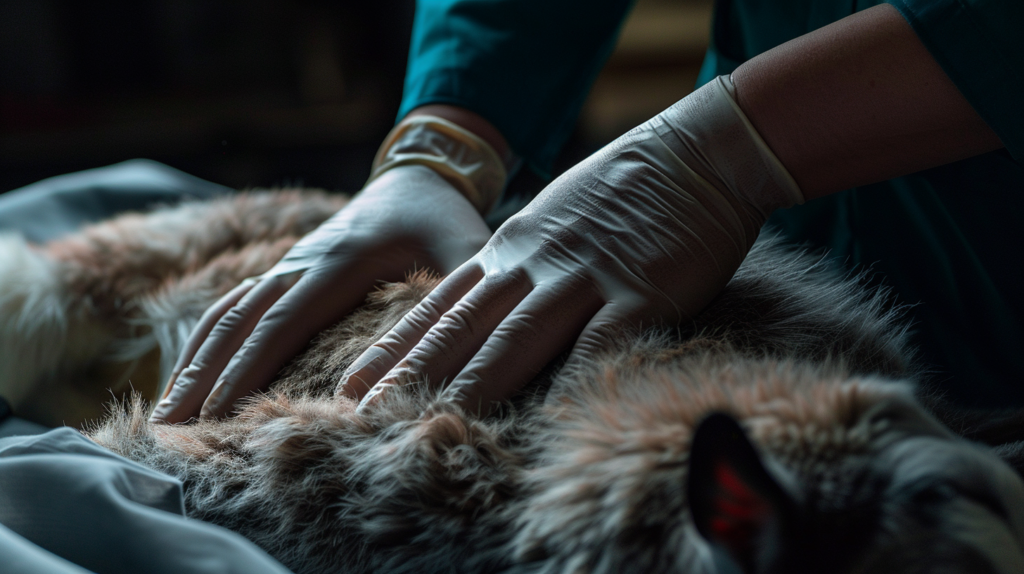
The “Overeating Disease” Phenomenon
Enterotoxemia, commonly known as “overeating disease,” accounts for the majority of clostridial infections in goats. This condition is primarily caused by Clostridium perfringens types C and D, with type D being the most problematic in goats.
Key Statistics:
- Clostridium perfringens type D is a leading cause of sudden death in goats worldwide
- Mortality rates can exceed 75% in affected herds
- The disease can affect goats of any age, though young animals are particularly vulnerable
Forms of Enterotoxemia
The disease manifests in three distinct forms:
Peracute Form:
- Sudden death within hours
- Often occurs without visible symptoms
- Most common in well-fed, rapidly growing animals
Acute Form:
- Symptoms develop over 1-2 days
- Includes diarrhea, neurological signs, and rapid deterioration
- Higher chance of treatment success if caught early
Chronic Form:
- Gradual onset over several days to weeks
- Intermittent diarrhea and poor growth
- More common in older animals
Triggering Factors
Several factors can precipitate enterotoxemia outbreaks:
- Sudden dietary changes
- High-carbohydrate diets
- Stress from transportation, weather changes, or management practices
- Overcrowding and poor sanitation
- Concurrent illnesses that compromise immune function
Critical Fact #2: Recognition of Symptoms Can Save Lives
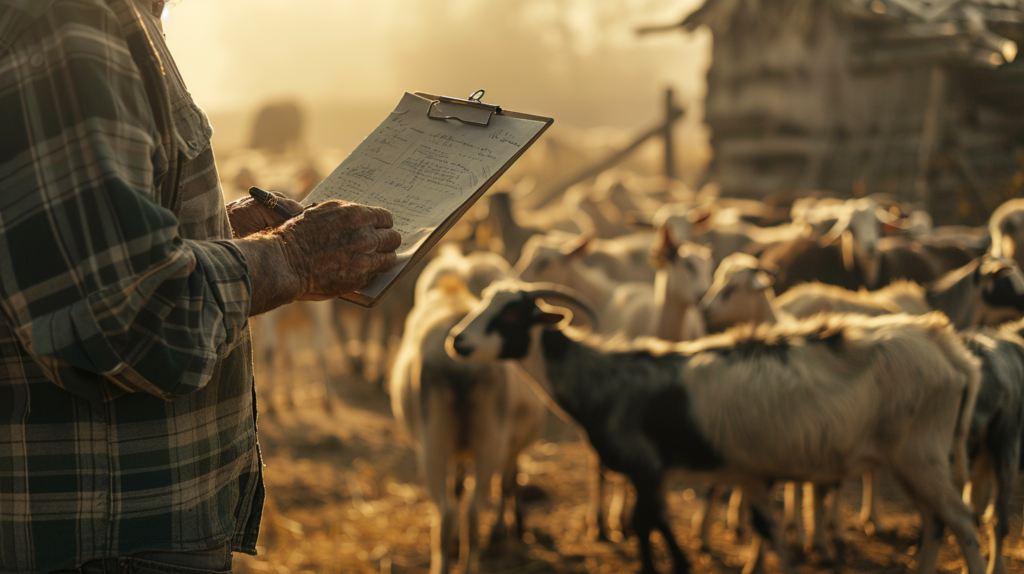
Early Warning Signs
Recognizing the early symptoms of clostridial infections can mean the difference between life and death for affected goats. Unfortunately, many cases progress rapidly, making early detection challenging.
Enterotoxemia Symptoms:
- Sudden onset of profuse, watery diarrhea
- Neurological signs including convulsions, head pressing, and circling
- Rapid breathing and elevated heart rate
- Dehydration and weakness
- Abdominal pain and bloating
- Sudden death in severe cases
Tetanus Symptoms:
- Muscle stiffness and spasms
- Difficulty eating and drinking
- “Sawhorse” stance with rigid limbs
- Hypersensitivity to light and sound
- Prolapsed third eyelid (nictitating membrane)
| Age Group | Timing | Vaccine Type | Route | Booster Required | Special Notes |
|---|---|---|---|---|---|
| Pregnant Does | 4-6 weeks before kidding | CDT (8-way) | Subcutaneous | Annual | Provides passive immunity to kids |
| Kids (Initial) | 6-8 weeks of age | CDT | Subcutaneous | Yes | First vaccination in series |
| Kids (Booster) | 10-12 weeks of age | CDT | Subcutaneous | Annual thereafter | Complete initial immunity |
| Adult Goats | Annual | CDT (8-way) | Subcutaneous | Every 12 months | Spring vaccination recommended |
| High-Risk Adults | Every 6 months | CDT | Subcutaneous | Bi-annual | Breeding bucks, show animals |
| New Arrivals | Upon arrival + 3 weeks | CDT | Subcutaneous | Two-shot series | Quarantine protocol essential |
The Importance of Immediate Action
Time is critical when dealing with clostridial infections. The rapid progression of these diseases leaves little room for delayed treatment. Goat owners should:
- Establish a relationship with a veterinarian experienced in small ruminant medicine
- Keep emergency treatment supplies on hand
- Implement a systematic observation routine for early detection
- Document symptoms and treatment responses for future reference
Critical Fact #3: Prevention Through Vaccination is Your Best Defense

The CDT Vaccine Protocol
The cornerstone of clostridial disease prevention is the CDT vaccine, which protects against Clostridium perfringens types C and D, as well as tetanus. This vaccine has proven highly effective when administered properly.
Recommended Vaccination Schedule:
For Kids (Young Goats):
- First vaccination: 6-8 weeks of age
- Booster: 3-4 weeks after the first dose
- Annual boosters thereafter
For Adult Goats:
- Two initial doses 3-4 weeks apart for unvaccinated animals
- Annual boosters for all animals
- Pregnant does: Booster 4-6 weeks before kidding
Vaccination Best Practices
Proper vaccine handling and administration are crucial for effectiveness:
Storage Requirements:
- Refrigerate vaccines at 35-45°F (2-7°C)
- Never freeze vaccines
- Use insulated coolers during field vaccination
- Check expiration dates regularly
Administration Techniques:
- Administer subcutaneously (under the skin)
- Use proper needle size (18-20 gauge, 1/2 inch)
- Rotate injection sites
- Maintain sterile technique
Enhanced Protection Strategies
Some high-risk herds may benefit from additional protection measures:
- More frequent vaccination (every 6 months)
- Expanded vaccine coverage (8-way or 10-way clostridial vaccines)
- Targeted vaccination during stress periods
- Passive immunity through colostrum from vaccinated mothers
Critical Fact #4: Environmental Management Plays a Crucial Role
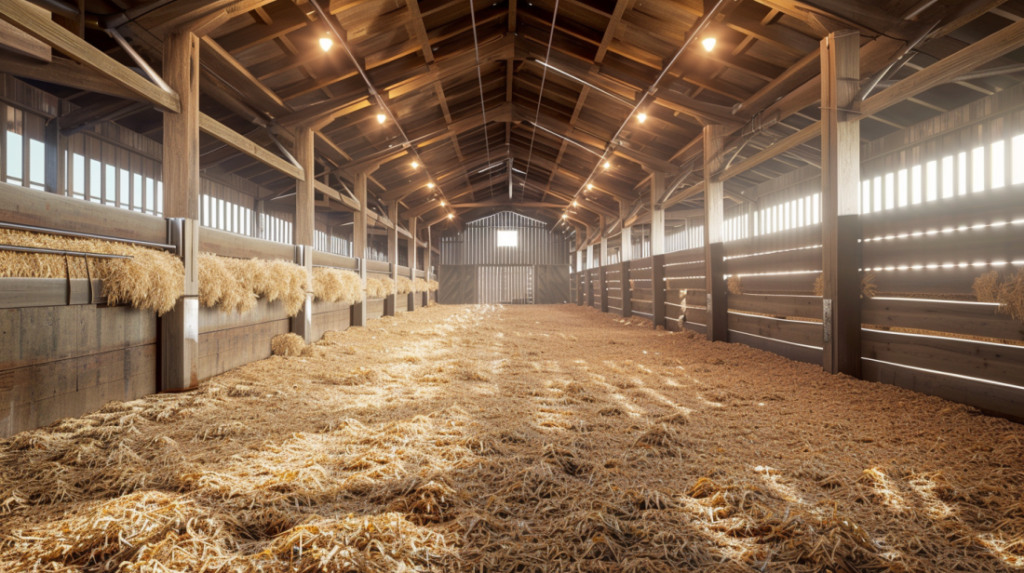
Creating a Low-Risk Environment
While vaccination provides the primary defense against clostridial diseases, environmental management significantly reduces infection risk and supports overall herd health.
Facility Management:
- Maintain clean, dry living areas
- Ensure adequate ventilation
- Provide sufficient space to prevent overcrowding
- Regular cleaning and disinfection of equipment
Feed and Water Quality:
- Source feed from reputable suppliers
- Store feed in clean, dry conditions
- Provide fresh, clean water daily
- Avoid feeding on the ground when possible
Stress Reduction Strategies
Stress is a major predisposing factor for clostridial infections. Implementing stress-reduction measures can significantly lower disease risk:
Management Practices:
- Minimize handling and transportation
- Maintain consistent routines
- Provide adequate shelter from weather extremes
- Ensure proper nutrition throughout all life stages
Gradual Transitions:
- Slowly introduce dietary changes over 7-14 days
- Gradually acclimate animals to new environments
- Implement weaning procedures that minimize stress
- Monitor animals closely during transition periods
Critical Fact #5: Treatment Success Depends on Early Intervention
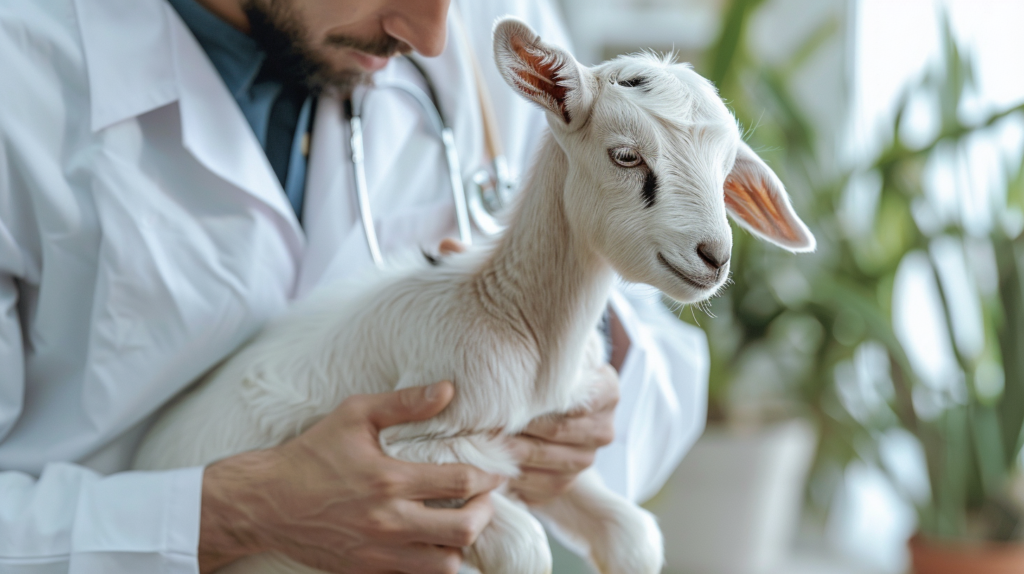
Emergency Treatment Protocols
Despite best prevention efforts, clostridial infections may still occur. Immediate treatment is essential for any chance of recovery.
First Aid Measures:
- Isolate affected animals immediately
- Contact veterinarian for emergency treatment
- Provide supportive care including fluids and warmth
- Document symptoms and timeline for veterinary consultation
Veterinary Treatment Options:
- High-dose penicillin therapy
- Supportive fluid therapy
- Anti-toxin administration when available
- Symptomatic treatment for neurological signs
Herd Management During Outbreaks
When clostridial disease strikes a herd, swift action can prevent further losses:
Immediate Actions:
- Quarantine affected animals
- Review and adjust vaccination protocols
- Examine feed quality and storage
- Implement enhanced biosecurity measures
Follow-up Measures:
- Conduct thorough investigation of contributing factors
- Adjust management practices based on findings
- Consider prophylactic treatment of exposed animals
- Monitor the herd closely for additional cases
| Time Frame | Clinical Signs | Diagnostic Actions | Treatment Protocol | Success Rate | Prognosis |
|---|---|---|---|---|---|
| 0-2 Hours (Hyperacute) | Sudden collapse, convulsions, profuse diarrhea, neurological signs | Visual assessment, rapid history taking | Emergency penicillin (40,000 IU/kg), IV fluids, anti-convulsants | 10-20% | Grave – often fatal |
| 2-6 Hours (Acute) | Watery diarrhea, abdominal pain, depression, rapid breathing | Physical exam, temperature, gut sounds assessment | High-dose penicillin, electrolyte therapy, probiotics | 30-50% | Poor to guarded |
| 6-12 Hours | Persistent diarrhea, dehydration signs, weakness | Blood work, fecal examination, toxin testing | Continued antibiotics, aggressive fluid therapy, nutritional support | 40-60% | Guarded |
| 12-24 Hours | Gradual improvement or continued decline | Monitor vital signs, assess response to treatment | Adjust therapy based on response, liver support | 50-70% | Fair to good |
| 24-48 Hours | Resolution of acute signs or chronic complications | Complete blood count, liver enzymes, kidney function | Transition to oral medications, dietary management | 70-85% | Good if survived acute phase |
| 48+ Hours | Recovery phase or chronic sequelae | Follow-up examinations, vaccine status review | Rehabilitation, prevention planning, vaccination schedule | 85-95% | Excellent with proper care |
Advanced Prevention Strategies
Nutritional Management
Proper nutrition plays a vital role in maintaining immune function and reducing susceptibility to clostridial infections.
Dietary Considerations:
- Maintain consistent feeding schedules
- Provide balanced nutrition appropriate for life stage
- Avoid sudden changes in feed type or quality
- Monitor body condition to prevent over-conditioning
Supplement Strategies:
- Probiotics to support healthy gut flora
- Vitamin E and selenium for immune support
- Adequate protein for growing animals
- Mineral supplementation as needed
Biosecurity Measures
Implementing comprehensive biosecurity protocols helps prevent disease introduction and spread:
Quarantine Procedures:
- Isolate new animals for 30 days minimum
- Vaccinate during quarantine period
- Monitor for signs of illness
- Gradual introduction to main herd
Visitor Management:
- Limit farm access to essential personnel
- Provide protective clothing and disinfection
- Maintain visitor logs
- Educate visitors about disease prevention
Monitoring and Record Keeping
Health Monitoring Systems
Establishing systematic health monitoring helps detect problems early and evaluate prevention program effectiveness:
Daily Observations:
- Body condition and appetite
- Behavior and activity levels
- Fecal consistency and quantity
- Respiratory rate and effort
Weekly Assessments:
- Body weight tracking
- Vaccination status review
- Environmental condition evaluation
- Feed quality inspection
Documentation Best Practices
Maintaining detailed records supports decision-making and regulatory compliance:
Essential Records:
- Vaccination dates and products used
- Treatment records and outcomes
- Feed sources and quality tests
- Mortality and morbidity data
Digital Solutions:
- Farm management software
- Mobile apps for field recording
- Cloud-based backup systems
- Integration with veterinary records
Economic Impact and Cost-Benefit Analysis
Financial Implications
Clostridial Diseases in Goats impose significant economic costs on goat operations through direct losses and prevention expenses:
Direct Costs:
- Animal mortality and morbidity
- Veterinary treatment expenses
- Reduced productivity and growth rates
- Quarantine and management disruptions
Prevention Costs:
- Vaccination program expenses
- Enhanced facility improvements
- Labor for monitoring and management
- Professional consultation fees
Return on Investment
Prevention programs typically provide excellent returns through:
- Reduced mortality and treatment costs
- Improved animal performance
- Enhanced reputation and marketability
- Decreased stress on management systems
Frequently Asked Questions
Expert answers about clostridial diseases in goats
What causes clostridial diseases in goats?
Clostridial Diseases in Goats are caused by bacteria of the genus Clostridium, particularly C. perfringens types C and D. These bacteria naturally inhabit the goat’s digestive tract but can rapidly multiply and produce toxins when conditions change, such as during stress, dietary changes, or illness.
How often should goats be vaccinated against clostridial diseases?
Adult goats should receive annual CDT vaccinations, while kids need their initial series at 6-8 weeks and 10-12 weeks of age. Pregnant does should receive a booster 4-6 weeks before kidding to provide passive immunity to their offspring through colostrum.
Can Clostridial Diseases in Goats be treated successfully?
Treatment success depends heavily on early detection and intervention. While some cases respond to high-dose penicillin therapy and supportive care, many progress too rapidly for effective treatment. Prevention through vaccination remains the most reliable approach.
Are Clostridial Diseases in Goats contagious between goats?
Most Clostridial Diseases in Goats are not directly contagious between goats. Instead, they result from bacteria already present in the animal’s system or environment. However, common management factors can predispose multiple animals to infection simultaneously.
What are the signs of enterotoxemia in goats?
Early signs include sudden onset of profuse watery diarrhea, neurological symptoms like convulsions or head pressing, rapid breathing, and abdominal pain. The disease often progresses rapidly, sometimes resulting in sudden death without apparent symptoms.
Can organic goat operations use clostridial vaccines?
Most organic certification programs allow the use of clostridial vaccines as they are considered essential for animal welfare. However, producers should verify specific requirements with their certification body and maintain proper documentation.
Key Takeaways for Goat Owners
Understanding clostridial diseases in goats requires recognizing their potential severity and implementing comprehensive prevention strategies. The five critical facts covered in this guide emphasize the importance of:
- Vaccination as the primary defense – CDT vaccines provide excellent protection when administered properly
- Environmental management – Clean, low-stress conditions reduce disease risk
- Early recognition – Rapid symptom identification can save lives
- Professional veterinary relationships – Expert guidance is essential for treatment and prevention
- Comprehensive record keeping – Documentation supports effective management decisions
Success in preventing clostridial infections comes from combining multiple strategies rather than relying on any single approach. Regular vaccination, proper nutrition, stress management, and vigilant monitoring work together to create a protective environment for your goat herd.
The investment in prevention pays dividends through reduced mortality, improved animal welfare, and enhanced operation profitability. By implementing the strategies outlined in this guide, goat owners can significantly reduce their risk of clostridial disease outbreaks and maintain healthier, more productive herds.
For more expert pet care tips and product recommendations, visit BlithePet.com — your trusted source for pet wellness.
Conclusion
Clostridial diseases in goats represent a serious but preventable threat to herd health. Through proper vaccination protocols, environmental management, and early intervention strategies, goat owners can effectively protect their animals from these potentially fatal infections. The key lies in understanding the disease process, implementing comprehensive prevention programs, and maintaining vigilant monitoring for early signs of illness.
Remember that prevention is always more cost-effective and humane than treatment. By following the guidelines presented in this article and working closely with experienced veterinarians, you can create a management system that minimizes the risk of Clostridial Diseases in Goats while supporting the overall health and productivity of your goat herd.
Have a similar experience with your pet? Share it in the comments below!

